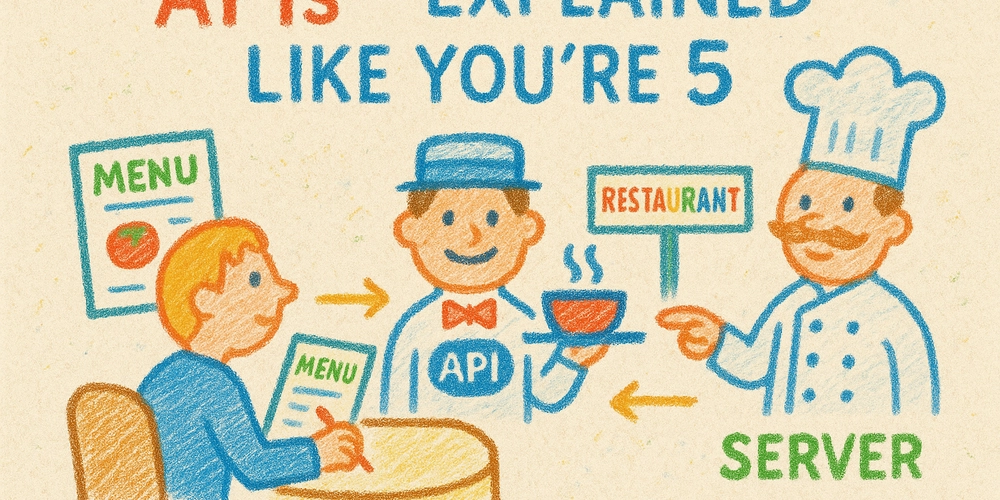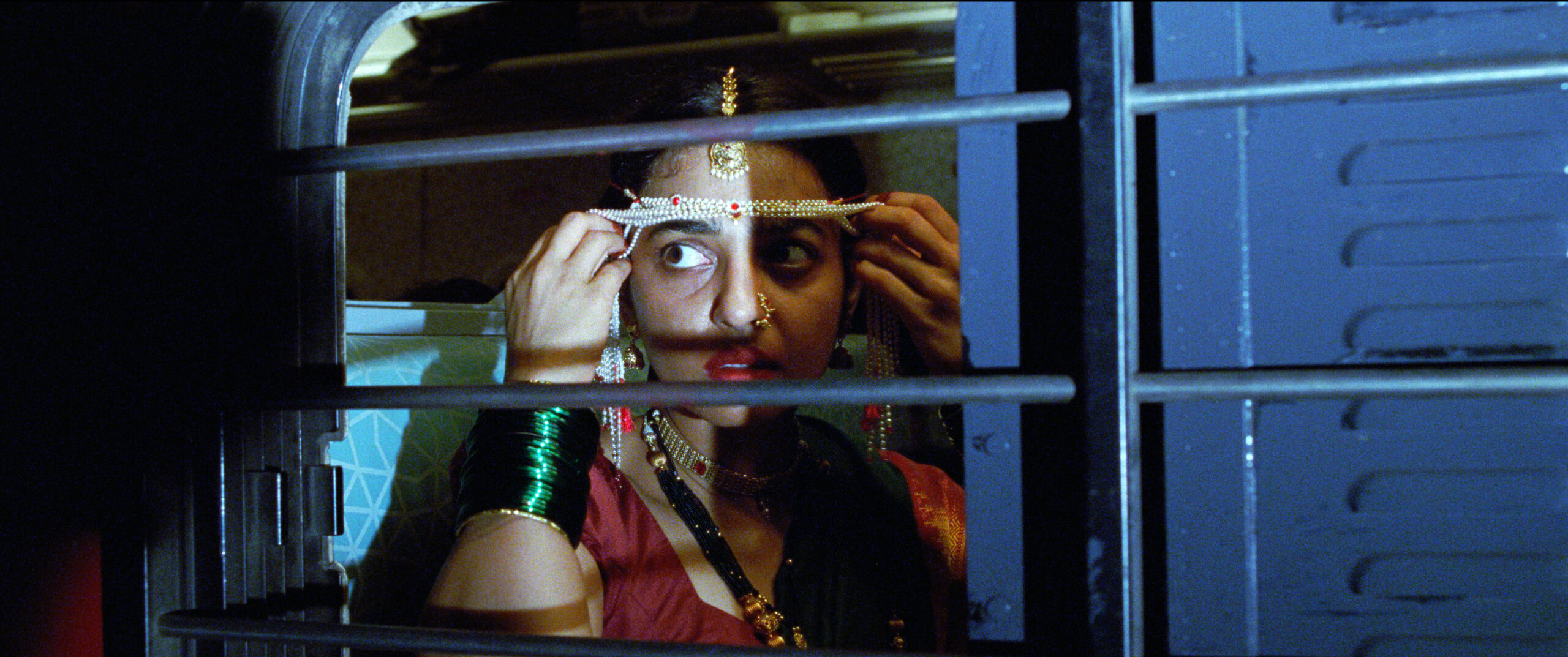How ADHD Perceptions Are Evolving and What It Means for Your Child’s Future
Discover how changing ADHD perceptions in 2025 are shaping modern therapy, treatment, and parenting strategies for neurodivergent children

In the past few years, ADHD has shifted from being viewed as a behavioural "problem" to being understood as a complicated neurodevelopmental disorder that needs to be understood rather than disciplined. As society comes to better understand attention-deficit/hyperactivity disorder (ADHD), so do the strategies for enabling children to succeed with it.
Gone are the days when ADHD was simply viewed as “bad behaviour” or “laziness.” Today, it’s understood that children with ADHD experience differences in brain function, especially in attention regulation, impulse control, and executive functioning. These shifts in understanding are transforming how parents, teachers, and professionals approach ADHD therapy and ADHD treatment.
So, what does this evolution in perception mean for your child’s future?
From Stigma to Support
Even a decade back, ADHD was usually surrounded by social stigma. Children were tagged as "difficult," "disruptive," or "unfocused"—resulting in bruised egos and lost opportunities. However, the conversation on ADHD is also more empathetic and inclusive in 2025. Families, mental health experts, and schools are combining forces to not just manage but comprehend children with ADHD.
This change in thinking is particularly important for parents. Rather than having the pressure of "fixing" their child, many are now enabled to discover ways to facilitate their child's natural way of learning, strengths, and emotional needs.
Understanding ADHD as Neurodivergence
Neurodivergent is now the popular term to refer to individuals with ADHD, autism, dyslexia, and other neurological differences. This way of thinking highlights that ADHD is a difference—not a disorder to be cured.
ADHD children can:
- Have trouble sitting still, but be creatively brilliant
- Be spontaneous and expressive, but also impulsive
- Seem distracted, but hyper-attend to issues that interest them
By seeing these as a part of a neurological spectrum, parents and instructors can move from punishment to individualised ADHD therapy and positive reinforcement techniques.
Contemporary ADHD Therapy: A Holistic and Individualized Approach
Another of the most significant changes in 2025 is the way ADHD therapy is administered. No longer are there one-size-fits-all treatment programmes. Modern therapies are tailored to each child's particular skills and limitations.
Some of the most popular evidence-based therapies are
- Behavioural Therapy: Educates children on how to better control their emotions, establish routines, and develop self-control. Parents are frequently included to provide consistency at home.
- Cognitive Behavioural Therapy (CBT): Tends to be used with older children or adolescents to work on negative thought processes and develop coping mechanisms.
- Play Therapy & Occupational Therapy: Assists younger children in managing sensory input and developing emotional resilience
- Executive Function Coaching: Works on getting things organised, planned, and done—a major challenge for children with ADHD.
Beyond the therapy, many families look into mindfulness techniques, exercise regimens, and dietary modifications to help manage emotions and decrease hyperactivity.
ADHD Treatment: Medication & Alternatives
Although treatment for ADHD isn't always done with medication, for certain kids, stimulant and non-stimulant drugs can be nothing short of remarkable. These drugs regulate brain chemicals that are connected with attention, impulse control, and working memory.
Yet the treatment plans today hardly ever simply use medication alone. Rather, they incorporate medication with lifestyle interventions, behaviour modification, and education assistance. The integrated strategy provides children with long-term abilities—not merely transient control.
Parents are anxiously asking more in-depth questions.
Are we addressing long-term coping rather than simple symptom suppression?
This shared, whole-child process represents a significant leap forward.
Education and ADHD: Schools Catching Up
Another encouraging trend in 2025 is the way schools are evolving to meet the needs of children with ADHD. Most school systems now are mandated to offer:
- Individualized Education Plans (IEPs)
- Classroom modifications such as fidget tools, movement breaks, or longer test times
These modifications provide ADHD students with a fairer opportunity to succeed without constantly being penalised for characteristics outside of their control.
What This Means for Your Child's Future
The changing perception of ADHD translates to your child having more resources, more support, and more compassion than ever. Instead of being made to conform to outdated models, they are being greeted where they are—at their individuality with respect.
Early treatment with ADHD therapy, careful treatment plans, and family participation are helping to minimise long-term academic and emotional difficulties. More importantly, your child is likely to grow up feeling confident in their strengths, not ashamed of their difficulties. In an increasingly creative, innovative, and emotionally intelligent society, children with ADHD are perfectly placed to flourish—if provided the proper tools and support.
Conclusion
The way that ADHD is viewed is shifting—and it's a positive change for your child. With tailored ADHD treatment, understanding schools, and an increasing trend towards neurodiversity acceptance, your child's future holds potential. ADHD doesn't have to hold your child back—it can create a future where they thrive in their own remarkable fashion.








































































